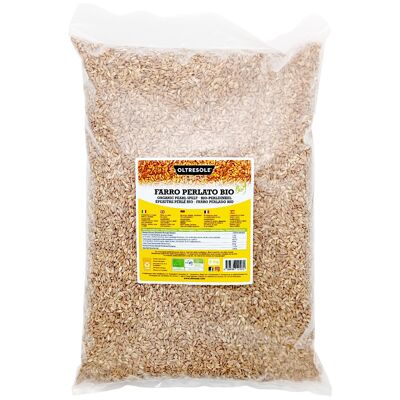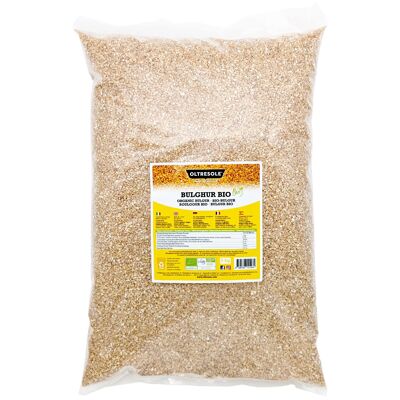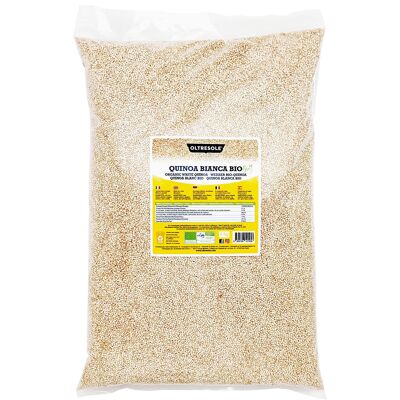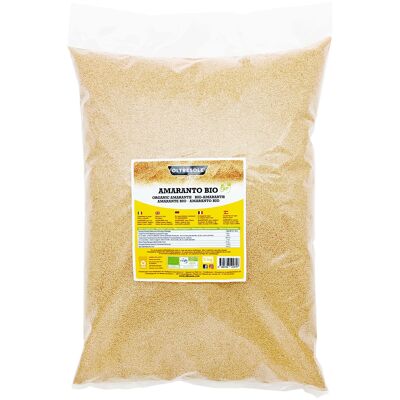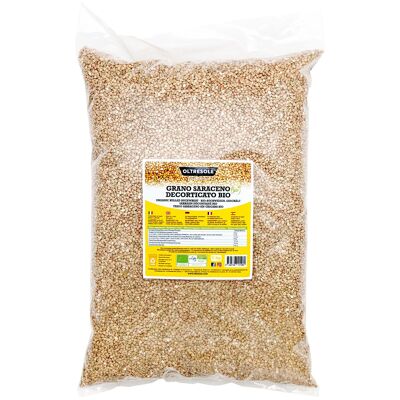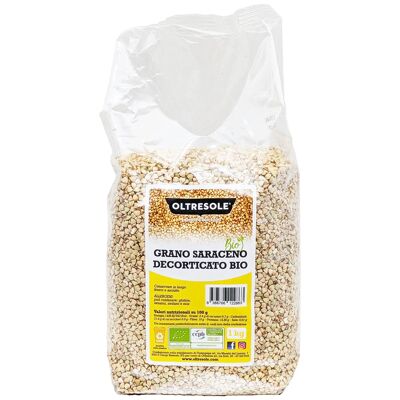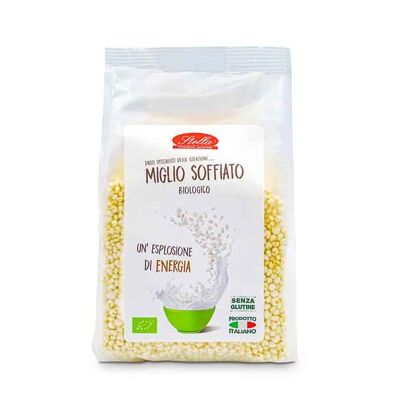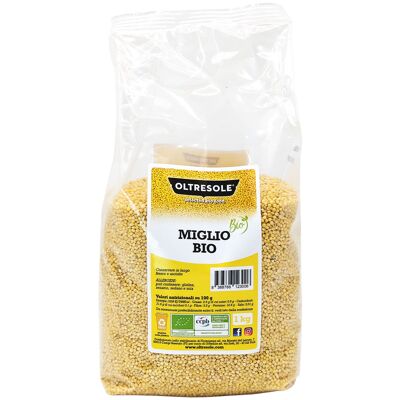


🌱 Organic | ♻️ Eco-friendly Value Pack Oltresole organic millet, in a 5 kg value pack, is a grain with an ancient history and remarkable nutritional properties. Originally from the East, it was a staple food in ancient Egypt, Roman times, and the Middle Ages. Today, after being long forgotten in the West, it has returned to prominence as an excellent alternative to more common cereals, thanks to its versatility and complete nutritional profile. 🧘Highly digestible Oltresole organic millet is perfect for a balanced diet, especially for its remineralizing and strengthening properties for nails, hair, and bones. Deep yellow in color and small, rounded in shape, millet is part of the Graminaceae family. ANDHighly digestible, rich in complex carbohydrates, vegetable proteins and essential minerals such as iron, magnesium, phosphorus and silicon. 💧No soaking required | 🍪 Suitable for sweet recipes After a quick rinse under running water, cook the millet in boiling water (1:2 ratio) for 15–20 minutes, until tender and the water has been completely absorbed. Its delicate and naturally sweet flavor, combined with a soft and creamy consistency once cooked, makes it suitable for all ages and a variety of preparations. It can be used as a base for cold salads, soups, flans, baked desserts or vegetarian meatballs.


